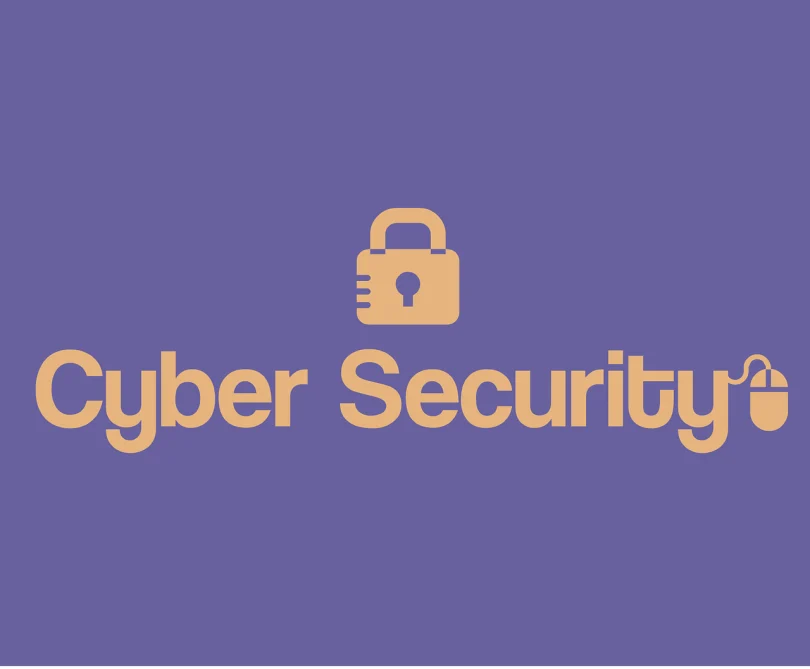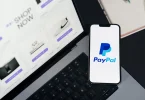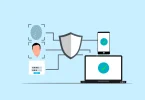CSRF Attacks Surge—How to Protect Your Online Accounts Now!
🚨 Cyber Threat Alert: What is CSRF (Cross-Site Request Forgery)?
CSRF (Cross-Site Request Forgery) is a stealthy cyberattack that tricks users into unknowingly executing harmful actions on websites where they’re logged in—like banking, email, or social media. Hackers exploit trust between your browser and trusted sites, leading to unauthorized money transfers, password changes, or data theft.
📌 Why This Matters in 2025
Financial Losses: Attackers drain bank accounts via forged transactions.
Account Takeovers: Hackers change emails, passwords, or security settings.
E-commerce Fraud: Criminals manipulate orders or steal loyalty points.
🔍 Google Search Trends: Searches for “how to prevent CSRF attacks” have risen by 65% in the past year due to increasing breaches.
📢 Final Warning: Secure Your Accounts Today!
✅ For Users: Log out of sensitive sites & avoid shady links.
✅ For Devs: Deploy CSRF tokens + SameSite cookies immediately.
🔗 Want More Security Tips? Subscribe for the latest cyber alerts!
🛡️ How CSRF Attacks Work (Real-World Example)
1️⃣ You Log In → Visit your bank (trusted-bank.com) and stay logged in.
2️⃣ Trap Set → A hacker sends you a malicious link (e.g., fake giveaway).
3️⃣ Silent Attack → The link secretly forces your browser to send a money transfer request.
4️⃣ Bank Approves → Since you’re authenticated, the transaction goes through without your knowledge!
❓ What is a CSRF token?
A unique code that validates legitimate user requests, blocking forged attacks.
❓ Can CSRF steal passwords?
No, but it can misuse your active session to perform actions without consent.
❓ Is CSRF still a threat in 2024?
Yes! Over 30% of web apps still lack proper CSRF defenses.








